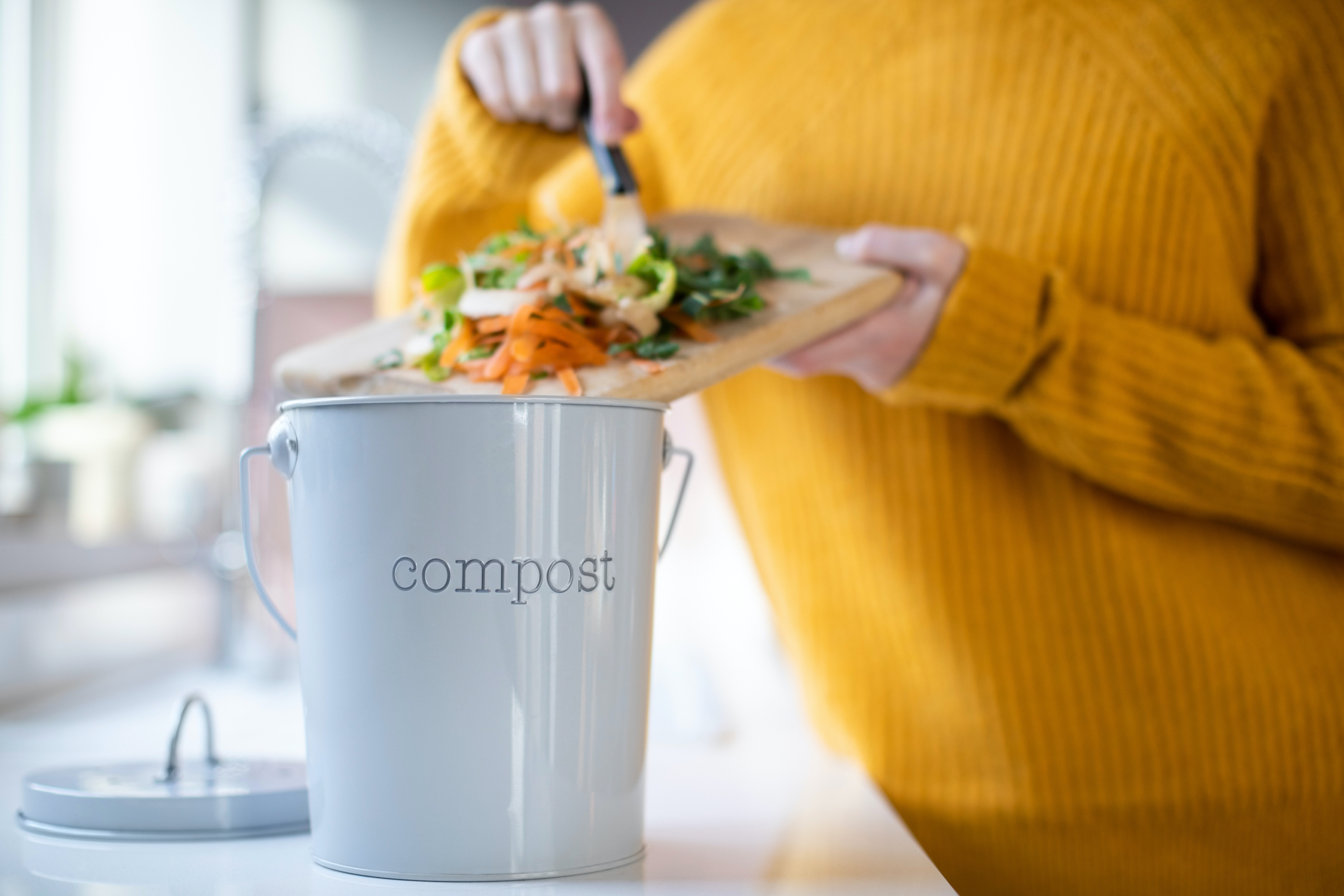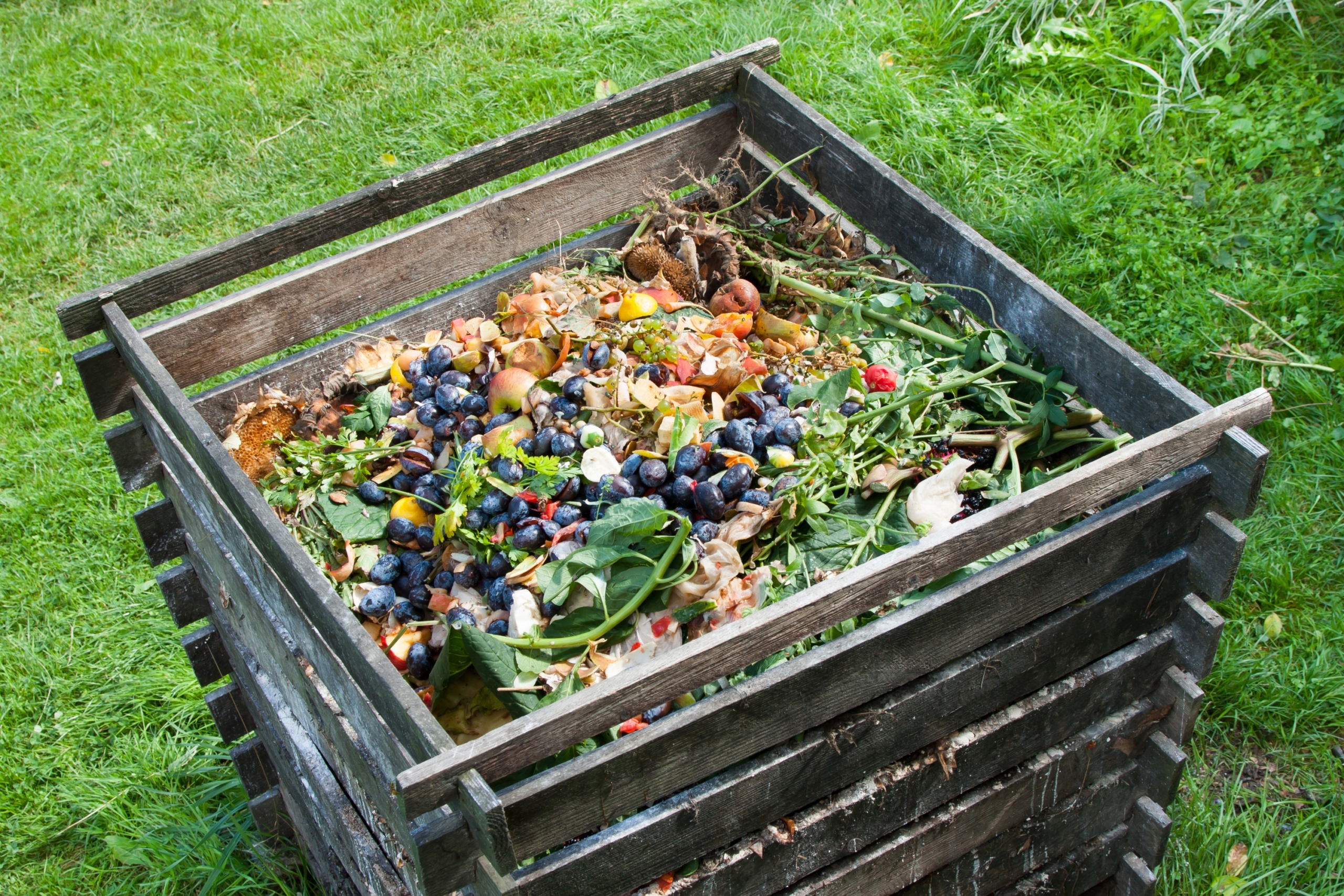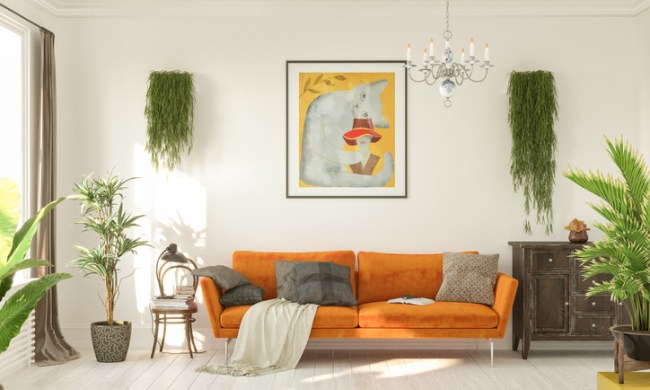Did you know your kitchen waste can become a low-cost, nutrient-rich solution and amazing fertilizer for your garden, flowers, or yard? According to the United States Environmental Protection Agency, compost is organic material that can be added to soil to help plants grow. “Food scraps and yard waste together currently make up more than 30 percent of what we throw away, and could be composted instead. Making compost keeps these materials out of landfills where they take up space and release methane, a potent greenhouse gas,” its website says.
“As a soil junkie and zero-waste advocate, I highly recommend composting, especially for those who love gardening,” Marci Zaroff, founder of ECOFashion Corp, explains to 21Oak. “Waste isn’t waste until it is wasted!”
“While ‘reduce, reuse, recycle’ is still the most logical and powerful protocol for material use, tossing goods into recycling bins should be what we do after reducing our consumption and reusing existing materials. This is why the idea of composting is so beneficial,” adds Gay Browne, personal environmental health advisor and founder of Greenopia.
Santa Barbara, Calif.-based Community Environmental Council also encourages community members to compost at home. “It’s a great way to divert food waste from the landfill while creating healthy soil in your yard. Some municipalities offer low-cost compost bins,” Sigrid Wright, CEO, explains. “We have a program of this type in Santa Barbara County, and it’s very popular.”

Why should you compost?
There are many beneficial reasons to start composting at home, says Browne. For one, it’s free. “You get to use kitchen waste, lawn clippings, leaves, and other vegetation that would otherwise get thrown away,” she notes. “In fact, you might even save money on landfill fees.”
Additionally, it benefits your soil. “Potting mixes and soils that are rich in compost produce vigorous plants regardless of whether you’re growing vegetables, growing herbs, or organic rose gardening,” Browne adds.
And, it feels good to keep the world green. “When else can you turn trash into treasure?” she points out. “Plus, scraps stay out of the landfill, reducing your footprint.”
What do you need to compost?
Browne explains that all composting requires three basic ingredients:
- Browns: This includes materials such as dead leaves, branches, and twigs.
- Greens: This includes materials such as grass clippings, vegetable waste, fruit scraps, and coffee grounds.
- Water: Having the right amount of water, greens, and browns is important for compost development.
There are a large variety of things that are allowed to be composted, explains Browne. They include fruits and vegetables, eggshells, coffee grounds and filters, tea bags, nut shells, shredded newspaper, cardboard, paper, yard trimmings, grass clippings, houseplants, hay and straw, leaves, sawdust, wood chips, cotton and wool rags, dryer and vacuum cleaner lint, hair and fur, and fireplace ashes.
What can’t you compost?
There are also things you should steer clear of when composting. They include black walnut tree leaves or twigs, coal or charcoal ash, dairy products, diseased or insect-ridden plants, fats and grease, meat or fish bones, pet wastes, or yard trimmings treated with chemical pesticides. “All of these might contain substances that could be harmful to plants or attract unwanted pests, therefore it is wise to stay away from these for your compost,” Browne explains.

Composting resources
If you need help composting, Browne points out that there are many resources to help — including centers that can assist with your compost needs. “All municipalities have recycling centers, most of them serviced by the city’s sanitation department. However, there are cities like Santa Barbara, my hometown, where sanitation is a run by a private company, MarBorg, that does an amazing job,” she explains.
Each municipality has its own way of sorting trash with its own limitations. However, there are only five cites in the U.S .that pick up composting from your curb. This includes San Francisco, Boulder, Colo., Denver, Seattle, and Portland.
Here are some major U.S. cities with local composting sources:
- Sacramento, Calif.: Green Restaurants Alliance
- Washington, D.C., and surrounds: Veteran Compost
- Austin, Texas: Compost Pedallers
- Boston: Bootstrap Compost
- Falmouth, Mass.: Compost With Me
- Chicago: Healthy Soil
- Milwaukee: Compost Crusader
- Los Angeles: LA Compost
- Philadelphia: Bennett Compost
- Portland, Maine: Garbage to Garden



